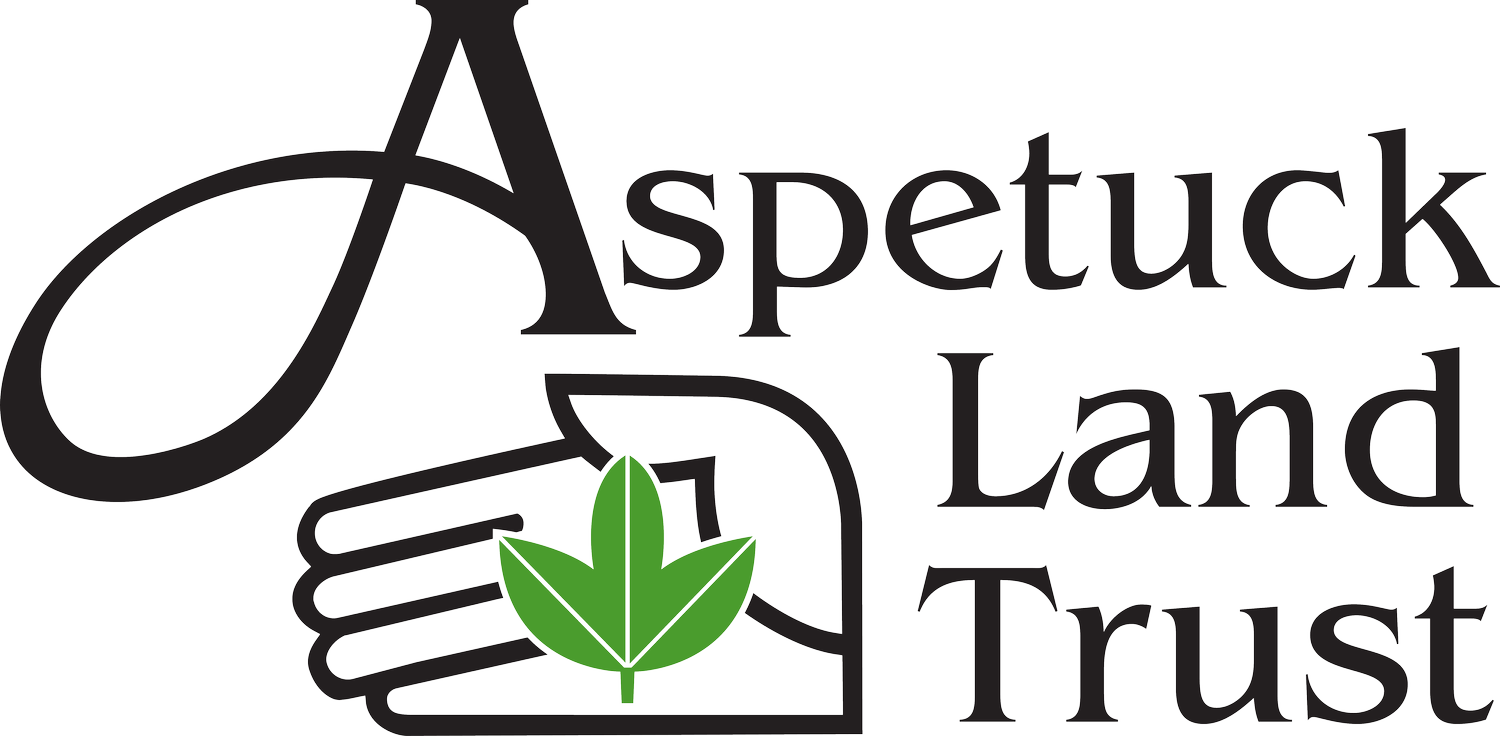These areas of habitat allow animals to move easily into and through natural spaces.
When we think about wildlife corridors, we are most used to thinking about them at landscape scale—covering large migration routes or passing through the entirety of cities or built-up areas. But it can also be useful to think about wildlife corridors on a much smaller scale, in our own individual gardens.
What Are Wildlife Corridors?
Wildlife corridors are areas of habitat that allow wildlife to move from point A to point B, allowing them to navigate past and through human-made barriers to natural ecological systems. These are crucial conduits that link key habitats together and allow animals to travel safely between them.
Why Are They Important?
Due to human development and encroachment, natural habitats are increasingly fragmented, which means that animals cannot move naturally anymore. This leads to a range of issues with species diversity, genetic diversity, and population numbers.
Creating or restoring small, scattered areas of habitat is not enough to halt massive biodiversity losses. We need to think holistically and ensure that we take steps to join up crucial habitat areas, on both a larger and a smaller scale.
We need to make sure that our sprawling human development and ever-growing cities and infrastructure networks do not continue to have such a detrimental effect on the other creatures with whom we share our space.

